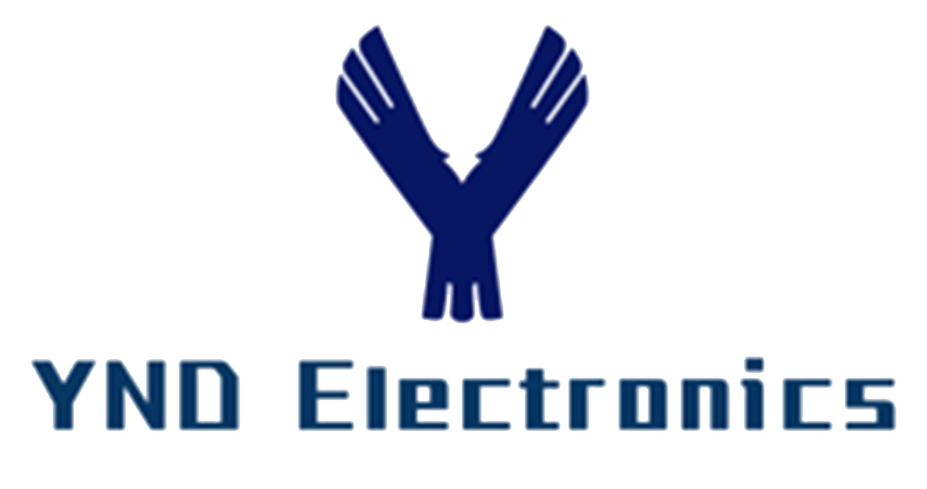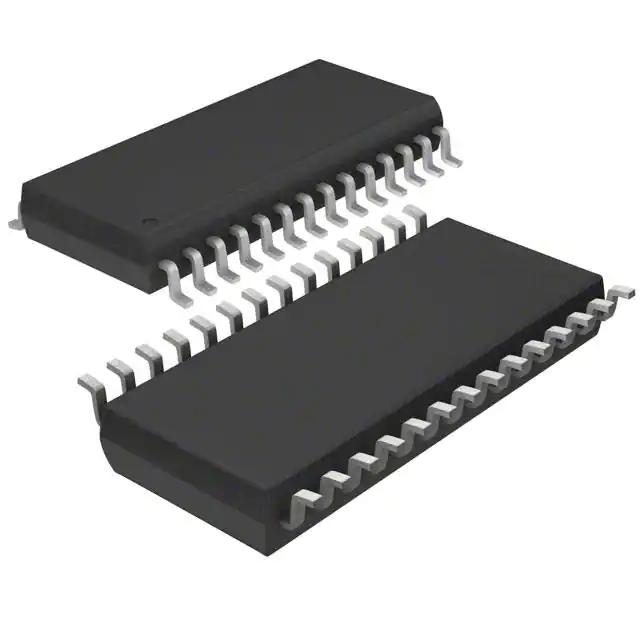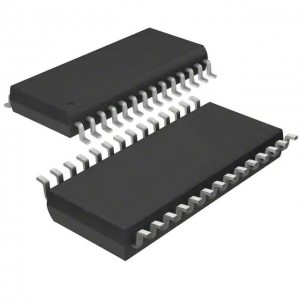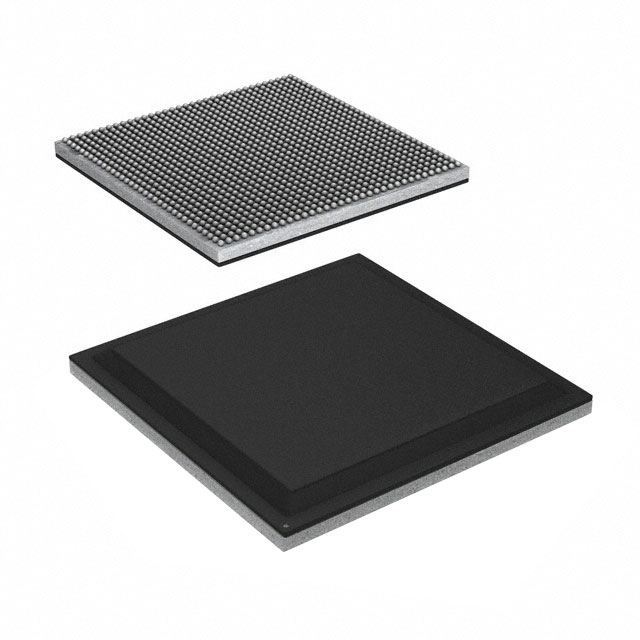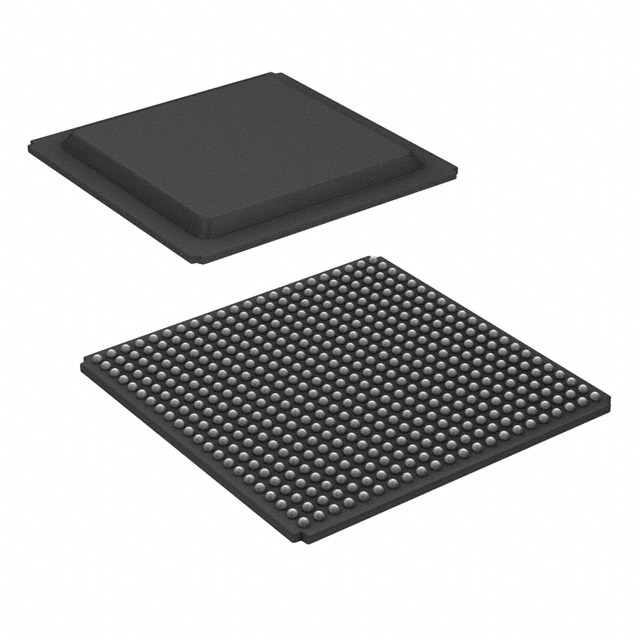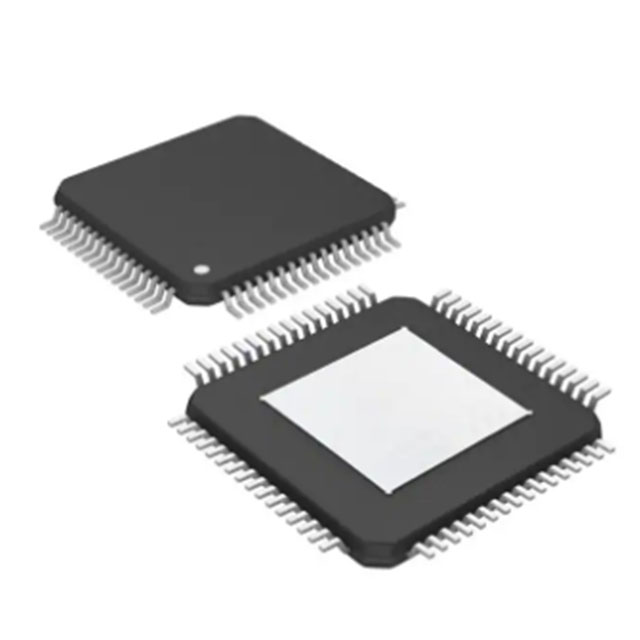Original TPS23861PWR Switch TSSOP-28 Sport Integrated Circuit Chip IC Electronic Components
An internal voltage regulator allows for single-rail operation. Enhancements have been made to the HRPWM to allow for dual-edge control (frequency modulation). Analog comparators with internal 10-bit references have been added and can be routed directly to control the PWM outputs. The ADC converts from 0 to 3.3-V fixed full-scale range and supports ratio-metric VREFHI/VREFLO references. The ADC interface has been optimized for low overhead and latency.
Product Attributes
|
TYPE |
DESCRIPTION |
|
Category |
Integrated Circuits (ICs) PMIC - Power Over Ethernet (PoE) Controllers |
|
Mfr |
Texas Instruments |
|
Series |
- |
|
Package |
Tape & Reel (TR) Cut Tape (CT) Digi-Reel® |
|
Part Status |
Active |
|
Type |
Controller (PSE) |
|
Number of Channels |
4 |
|
Power - Max |
25.5 W |
|
Internal Switch(s) |
No |
|
Auxiliary Sense |
No |
|
Standards |
802.3at (PoE+), 802.3af (PoE) |
|
Voltage - Supply |
44V ~ 57V |
|
Current - Supply |
3.5mA |
|
Operating Temperature |
-40°C ~ 85°C |
|
Mounting Type |
Surface Mount |
|
Package / Case |
28-TSSOP (0.173", 4.40mm Width) |
|
Supplier Device Package |
28-TSSOP |
|
Base Product Number |
TPS23861 |
PoE & PSE
PoE is also known as Power over Ethernet (PoL, Power over LAN) or Active Ethernet, or sometimes simply as Power over Ethernet.
Common applications for PoE include security monitoring, IP telephony, and wireless access points (WAPs). The host or mid-span device used to supply power is the power supply equipment (PSE).The load connected to the Ethernet connector is the power supply device (PD).
The PoE protocol for controlling the load power between the PSE and PD is defined by the IEEE 802.3bt standard. A transformer is required at the Ethernet host port, midspan, and hub locations to bring the data into the cable. In addition, a DC voltage can be applied to the center tap of the transformer without affecting the data signal. As with any power transmission line, this technology uses a relatively high voltage (approximately 50V) to keep the current low and minimize the effect of IR voltage drop in the line, thus maintaining power delivery to the load. The standard 2-wire pair PoE delivers approximately 13W to Class 1 PDs and approximately 25.5W to Class 2 PDs, while the standard 4-wire pair PoE will be able to deliver approximately 51W to Class 3 PDs and approximately 71W to Class 4 PDs.
Standards
Three standards of PoE power supply
1. EEE802.3af Main power supply parameters.
DC voltage between 44 and 57V, typical value is 48V. typical operating current is 10 to 350mA, typical output power: 15.4W. overload detection current is 350 to 500mA. under no-load conditions, the maximum required current is 5mA. four Class levels of electrical power requests from 3.84 to 12.95W are provided for PD devices.
IEEE802.3af classification parameters.
Class0 devices require a maximum operating power of 0 to 12.95W.
Class1 devices require a maximum operating power of 0 to 3.84W.
Class2 devices require an operating power between 3.85W and 6.49W.
Class3 devices require a power range of 6.5 to 12.95W.
2. IEEE802.3at (PoE+) Main power supply parameters.
DC voltage is between 50 and 57V, a typical value is 50V. The typical operating current is 10 to 600mA, typical output power: is 30W. powered device PD supports Class4 classification.
IEEE802.3bt (PoE++)
The 802.3bt specification introduces four new high-power PD classifications (Class), bringing the total number of single feature classes to nine. Class5 to 8 are new to the PoE standard and translate into PD power levels of 40.0W to 71W.
802.3bt is backward compatible with 802.3at and 802.3af. A lower power 802.3at or 802.3af PD can be connected to a higher power 802.3bt PSE without any problems. And when a higher power 802.3bt PD is connected to a lower power 802.3at or 802.3af PSE, the PDs simply need to be able to operate at their respective lower power states, which is called "degradation".




